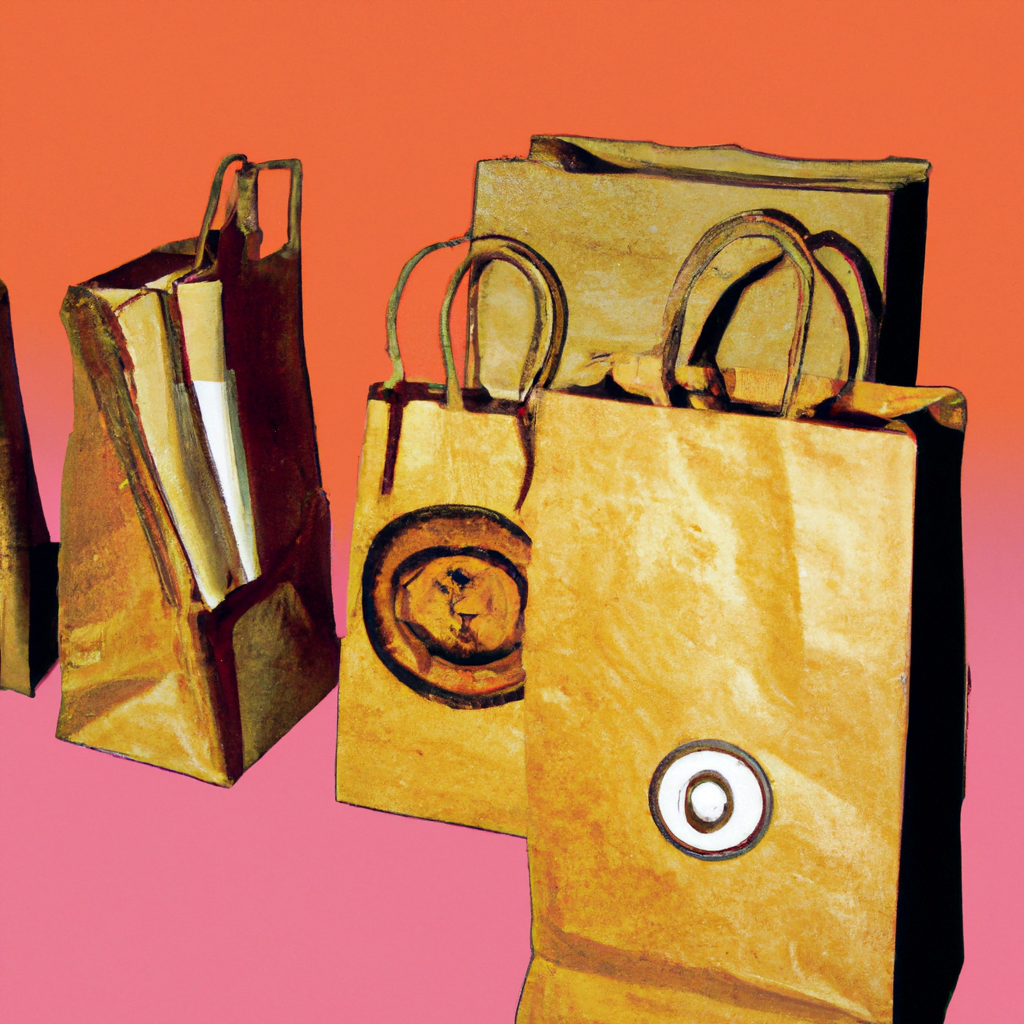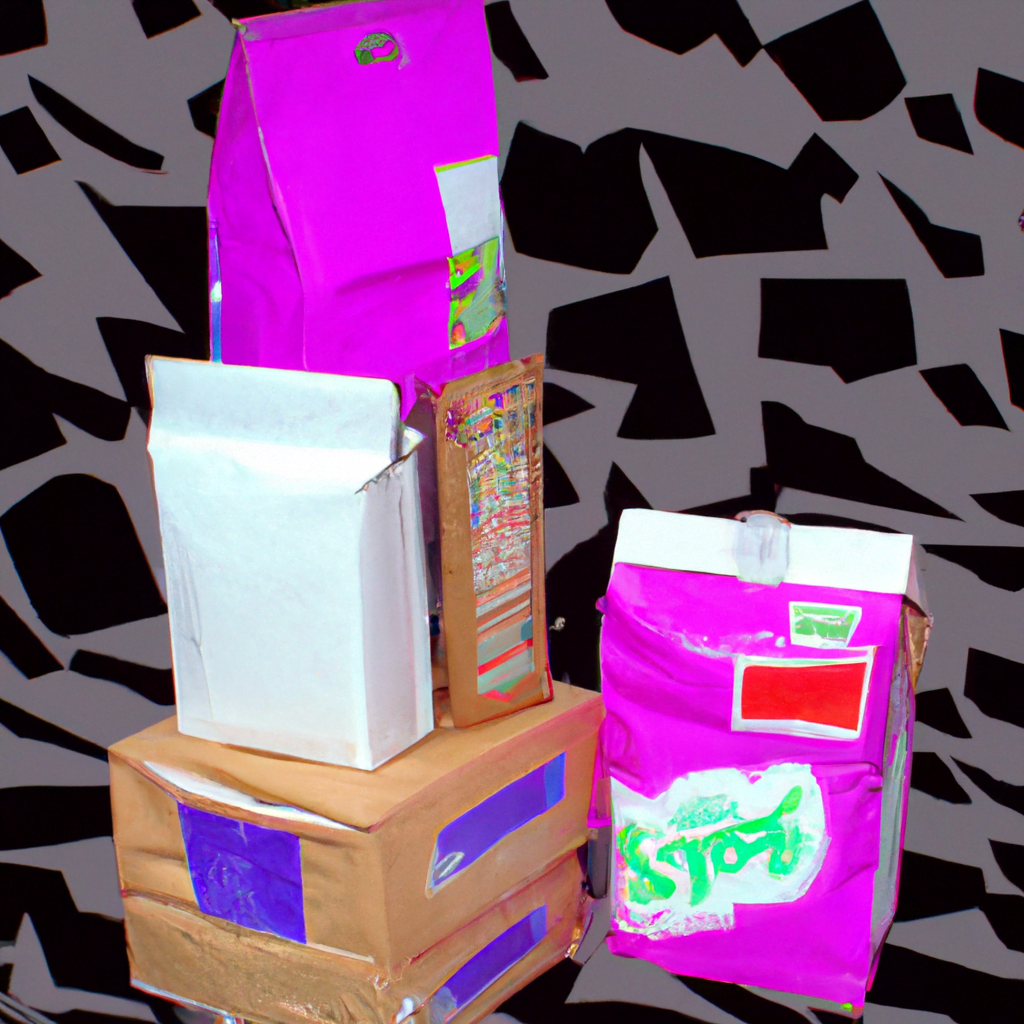
Packaging for Eco-Conscious Brands: A Guide to Sustainable Solutions

Introduction
In recent years, consumers have become increasingly aware of the impact of their purchasing decisions on the environment. As a result, many brands are now focusing on sustainability as a key aspect of their business strategy. One area where this is particularly evident is in packaging. Eco-conscious brands are looking for ways to reduce their environmental footprint by using sustainable packaging solutions. In this article, we will explore the different types of sustainable packaging available and how they can benefit both the environment and the brand.
The Importance of Sustainable Packaging
Packaging is an essential part of any product, but it can also have a significant impact on the environment. Traditional packaging materials such as plastic, paper, and cardboard can take hundreds of years to decompose, contributing to the growing problem of waste in landfills and oceans. Additionally, the production of these materials often involves the use of fossil fuels and other non-renewable resources, further exacerbating the environmental impact.
Sustainable packaging, on the other hand, is designed to minimize the environmental impact of packaging while still providing the necessary protection and functionality. By using renewable materials and reducing waste, sustainable packaging can help to reduce the carbon footprint of a product and improve its overall sustainability.
Sustainable Packaging Solutions
There are several types of sustainable packaging solutions available, each with its own unique benefits and drawbacks. Here are some of the most popular options:
Biodegradable Packaging
Biodegradable packaging is designed to break down naturally over time, reducing the amount of waste that ends up in landfills. These materials are typically made from plant-based materials such as cornstarch, sugarcane, or potato starch. Biodegradable packaging can be a good option for brands looking to reduce their environmental impact, but it’s important to note that not all biodegradable materials are created equal. Some materials may only break down under specific conditions, such as high temperatures or exposure to sunlight, so it’s important to choose a material that is appropriate for the intended use.
Compostable Packaging
Compostable packaging is similar to biodegradable packaging in that it breaks down naturally over time. However, compostable materials are designed to break down into nutrient-rich soil, which can be used to fertilize plants. Compostable packaging is typically made from plant-based materials such as cornstarch, sugarcane, or bamboo. Like biodegradable packaging, it’s important to choose a compostable material that is appropriate for the intended use.
Recyclable Packaging
Recyclable packaging is designed to be reused or repurposed after its initial use. This can include materials such as glass, metal, and certain types of plastic. Recycling helps to reduce the amount of waste that ends up in landfills and can also help to conserve natural resources by reducing the need for new materials. However, it’s important to note that not all materials are recyclable in all areas, so it’s important to check with local recycling facilities to determine what materials can be recycled.
Reusable Packaging
Reusable packaging is designed to be used multiple times, reducing the need for new packaging materials. This can include materials such as glass jars, metal tins, and cloth bags. Reusable packaging can be a good option for brands looking to reduce their environmental impact, but it’s important to consider the logistics of implementing a reusable packaging program, such as the cost of cleaning and sanitizing the packaging between uses.
Case Studies
Several brands have already made the switch to sustainable packaging, with impressive results. Here are a few examples:
Method
Method, a cleaning products brand, has made sustainability a core part of its business strategy. The company uses 100% post-consumer recycled plastic for its bottles and has also developed a line of biodegradable cleaning wipes made from plant-based materials. By focusing on sustainable packaging solutions, Method has been able to reduce its environmental impact while still providing high-quality products to its customers.
Patagonia
Outdoor clothing brand Patagonia has also made sustainability a key part of its business strategy. The company uses recycled materials for many of its products, including its packaging. Patagonia’s shipping bags are made from 100% recycled plastic, and the company also offers a program where customers can return their used Patagonia clothing for recycling. By focusing on sustainable packaging and materials, Patagonia has been able to reduce its environmental impact while still providing high-quality products to its customers.
Conclusion
Sustainable packaging is an essential part of any eco-conscious brand’s business strategy. By using renewable materials and reducing waste, sustainable packaging can help to reduce the environmental impact of a product while still providing the necessary protection and functionality. Biodegradable, compostable, recyclable, and reusable packaging are all viable options for brands looking to reduce their environmental footprint. By making the switch to sustainable packaging, brands can not only improve their sustainability but also appeal to consumers who are increasingly concerned about the impact of their purchasing decisions on the environment.
